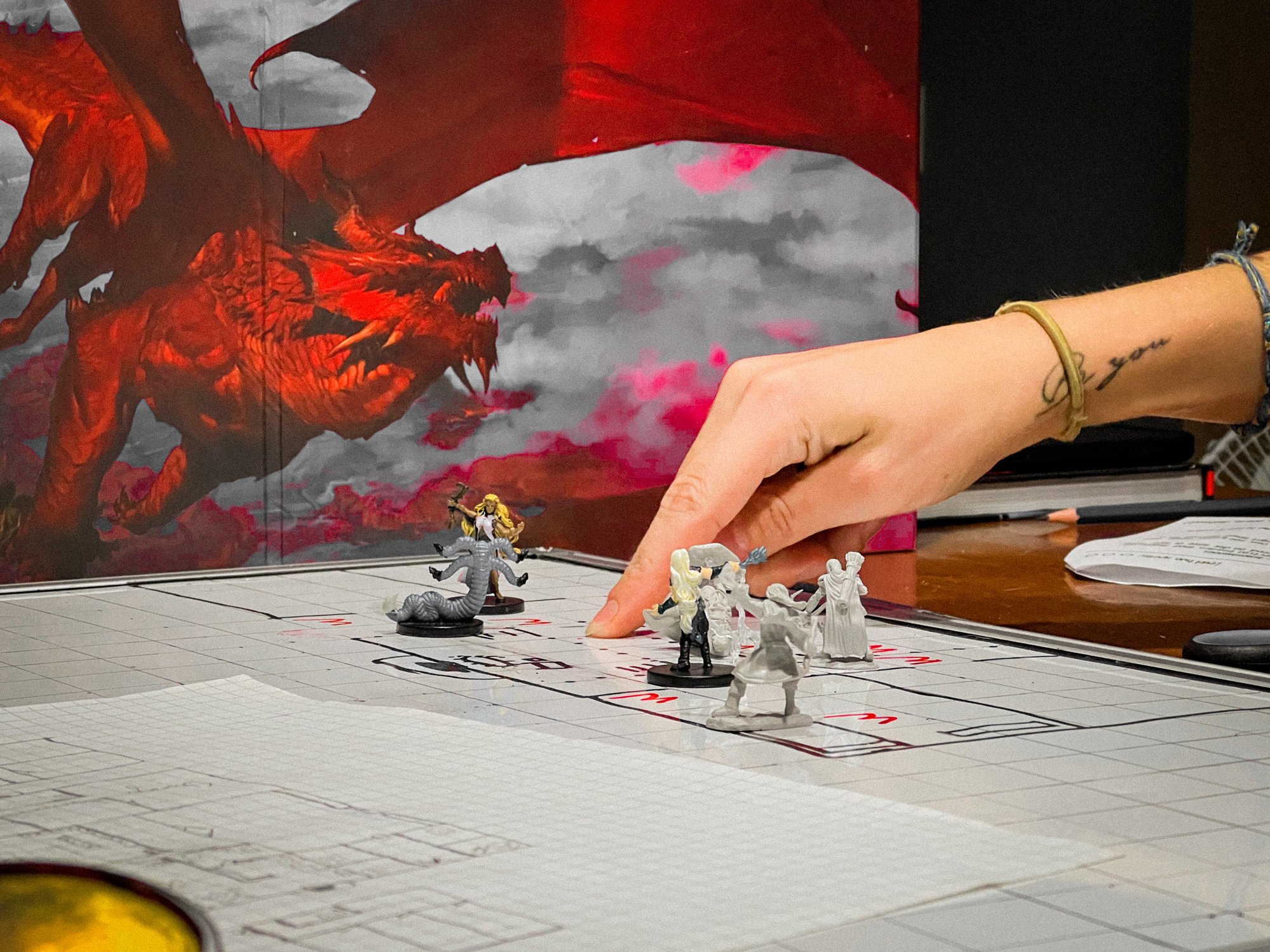The benefits from the proliferation of additive manufacturing, or what you and I would call 3-D printing, are all around us. From major corporations like Boeing using 3-D printed parts in its planes to biotechs like Organovo Holdings printing out three-dimensional human tissue models for research and therapeutic applications, additive manufacturing is becoming more a part of our everyday life.

Source: Organovo.
Yet it's been said that when the technology gets into the hands of common folk like you or me is when it will really take off. The first signs that shift is occurring were evident when companies like Staples and Office Depot started offering consumers 3-D printing services, and UPS did likewise for commercial accounts through its franchised UPS Store with Stratasys printers.
3D Systems (DDD +4.54%) is also making it a reality with its Cube system made for the mass market, but other companies like MakerBot, RepRap, and Ultimaker are challenging the corporate business model and bringing the technology to the masses. However, we could now be on the cusp of seeing 3-D printing for the masses really taking off as 3D Systems partners with toy maker Hasbro (HAS 0.79%) to create what they call "new immersive, creative play experiences powered by 3D printing."
While they'll be revealing further clues about what this means later this year, the news so far suggests additive manufacturing is about to come into the home in a big way. Imagine if, as Hasbro prepares to release its latest Transformers movie, not only did it ship to toy stores its own set of action figures based on the film, but began blanketing TVs with commercials advertising that kids can download their own plans from its Cubify site, 3D Systems' centralized hub for specs and plans, and print out their own favorite Transformers figure on their very own Cube printers.

Source: 3D Systems.
This is huge. I've already suggested that 3-D printing can revive an ailing RadioShack if it moves to capture the maker movement that will drive a new industrial revolution, and it has the potential to similarly lift the flagging toy industry out of its own doldrums.
Hasbro just reported disappointing results for the fourth quarter as the Christmas shopping season failed to bolster spirits or sales. Like its larger rival Mattel, which also missed analyst expectations by a wide mark because kids are leaving behind traditional toys and games in favor of electronic gadgets, tablet computers, and smartphones -- what Hasbro has called the "children getting older younger" phenomenon -- it saw revenues come in flat this year and slightly below forecasts. Profits were also slightly lower.
Although I might lament the loss of simpler forms of fun as parents indulge their kids' move away from board games and such, a collaboration for 3-D printing play experiences could allow for their revival. How much more willing would a kid be to play a round of Monopoly if she printed out her own race car piece? Wouldn't a child become more engaged if he had just printed out his own Kre-O character? My Little Pony is already a juggernaut for the toy maker, but it's easy to suspect the ponies could grow to monster size if a Princess Twilight Sparkle could be printed out before the newest episode was released on Hasbro's The Hub TV channel.

Princess Twilight Sparkle. Source: Hasbro.
A 3-D printing system in every home could satisfy the desires of kids (and their parents) for the latest cutting-edge technology, while providing a new impetus to return to the traditional games and play experiences that call up the necessary use of imagination, as well as critical thinking and strategy that helps minds develop. Play is an important component of development that kids don't get from gadgets, and additive manufacturing could actually lead to its renaissance.
I think we'll find more 3-D printing players looking to tap this market. I'd expect Mattel will be watching this experiment closely and might even have its own plans in development. Hasbro, which is more reliant upon movies for its revenues than its rival is, would also have more opportunity to capitalize on the 3-D printing bonanza.
I suggest you strap yourself in on the leading players in the 3-D printing field, because it appears we're on the cusp of the technology going parabolic. And it might just take companies like Hasbro, who are willing to be early leaders, to help usher in these changes.






